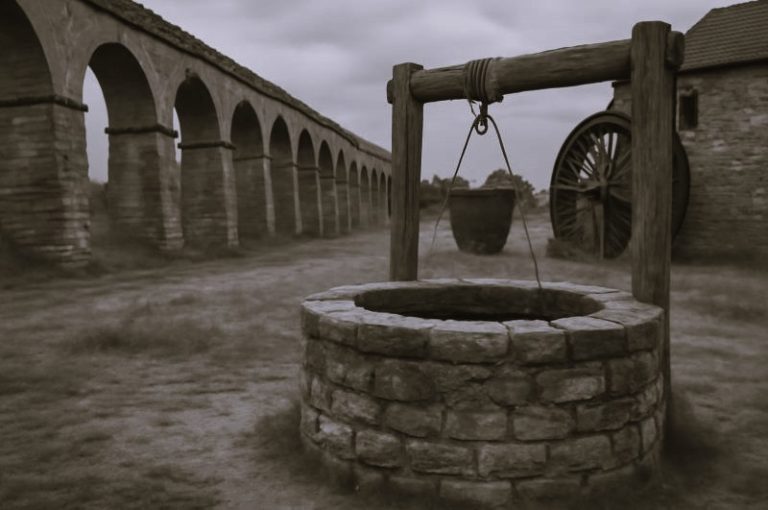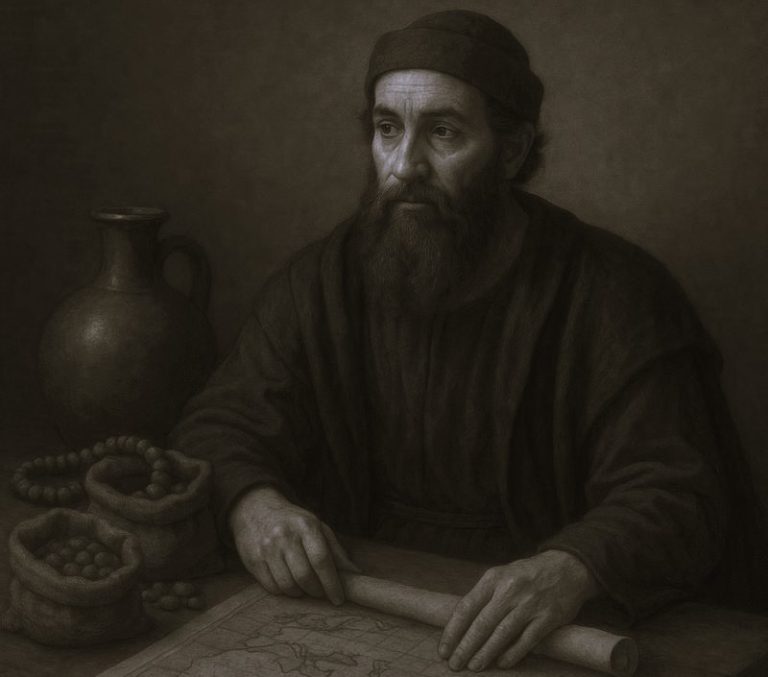
Tournaments
Ritualized battles were a medieval form of entertainment called tournaments or “tourneys” arising around the eleventh century, especially in France. They were not as popular in England until the era of Edward III.
These mostly symbolic re-enactments mimicked actual battles at the time. When wars were absent or greatly decreased, the entertainment shifted from copying actual warfare to music, dancing, and betting on the competition.
The joust was the most popular tournament that gained in popularity in the fourteenth century. The lance was typically used in the two-person combat, but other weapons could make an appearance as well. Jousts typically opened or closed tournaments.
Feasts and Festivities

The Midsummer Solstice, also called the feast of the Eve of St. John, was celebrated across Europe with lavish banquets, consumption of copious amounts of alcohol, bawdy games, and meetings by bonfires.
Many celebrations took place for the harvest as agriculture was a vital part of medieval life. Bobbing for apples remains popular today, races, and various types of food and fruit were all part of the festivities. Candelit processions took place on Lammas Day and bread was important to build hope for the following year. These festivities and celebrations had deep pagan roots, and the Church tried in many ways to discourage them.
Music

Sacred and secular music (non-religious) music was widespread. Medieval music included vocals such as Gregorian chants without instrumentation, instrumental music alone, and a combination of instruments and vocals.
Mostly plucked-string instruments, like the lute, were used at the time, especially in traveling troupes. These included the mandore, gittern, citole psaltery, and others. Around the fourteenth century, musicians began using dulcimers which were struck with hammers, introducing drums to the mix and providing a new use for metals.
Musical notation was not used in the early Middle Ages. Music was primarily monophonic (a single melody without instrumentation) and transmitted orally. The first music notation evolved consisting of dots over the words and chants, giving singers a sense of melodic direction.
Games

Hide and Seek was much the same then as it is today. Children would seek places to hide with someone designate as the “seeker”. This was sometimes used by adults with their children to train them, through fun, for hunting and hiding if the village was attacked.
Children also played tag, depicted in tapestries and other artwork of the day. There were hundreds of versions of tag along with other games, and very often adults would join in for a break from agricultural and household work.
Games of chance, such as Knucklebones, were also popular among adults. Knucklebones were made from the vertebrae of animals. Four bones were used, each having four sides, each of a different shape. The usual values given to each side were 1, 3, 4, and 6. The players rolled the dice, or “rolled the bones”, and added up the values for each roll from the sides facing up. The player with the highest value at the end of the game, consisting of any number of rounds, was the winner.







